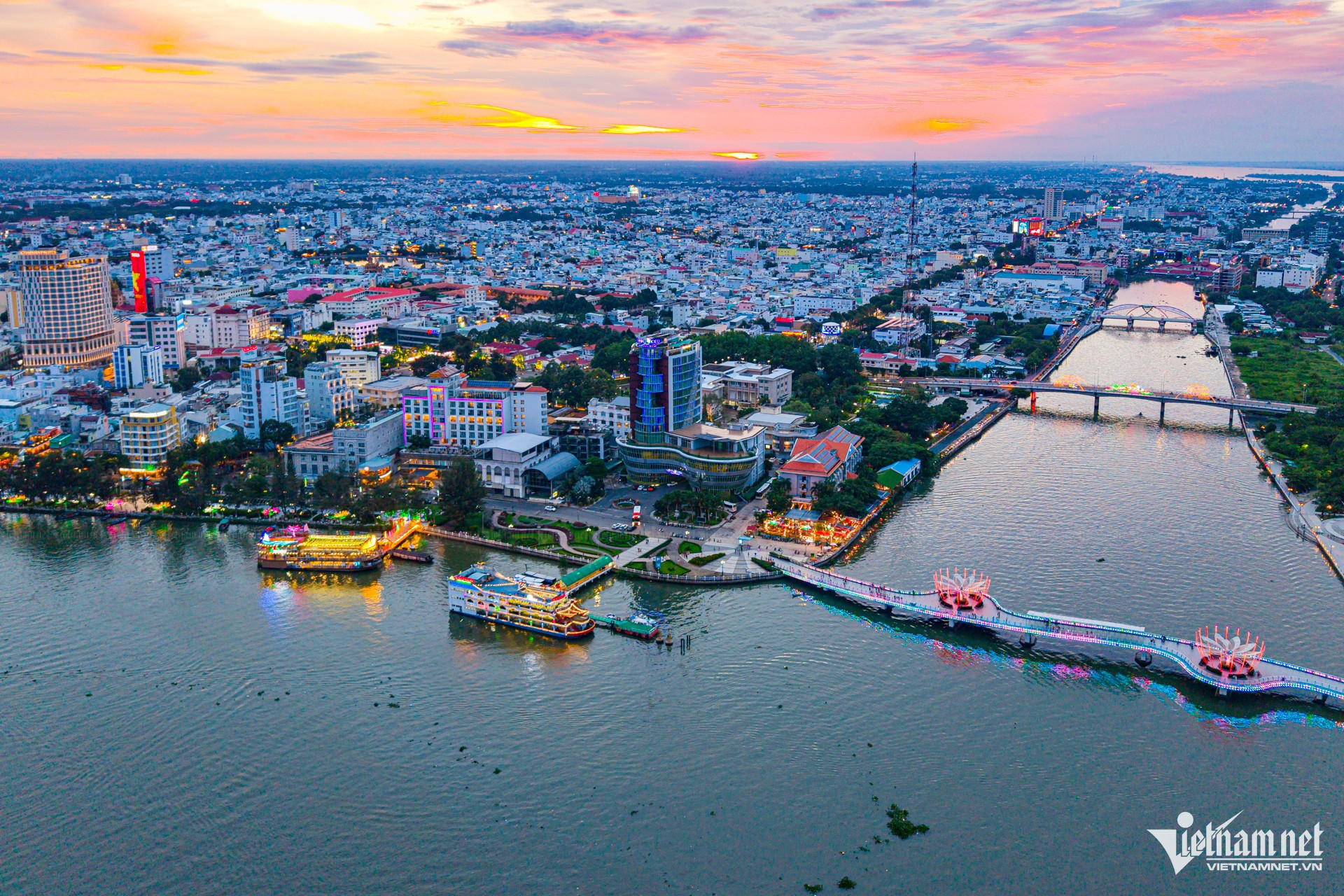
On June 30, the list of party secretaries and chairpersons of provinces and cities post-merger was made public, so that from July 1, the two-tier local government model will officially operate under the amended Law on Local Government Organization.
Party secretaries of 23 provinces and cities post-merger will be appointed by the Politburo. The positions of chairpersons will be appointed by the PM as per the Politburo’s Conclusion 150 on April 14.
Direct appointments from the central level aim to reduce cumbersome procedures, especially with less than a year left until the end of the 2020-2026 term. This interim solution is also believed to restrict undesirable “power struggles” during cadre arrangements, thus fostering a united leadership collective fully committed to the development of the new provinces and cities.
The National Assembly has passed the amended Law on Local Government Organization, granting provinces more authority to enhance local proactivity, creativity, and autonomy.
The amended Law on Local Government Organization grants provincial chairpersons 23 tasks and powers, double those of the People’s Committees. It even allows chairpersons to decide on matters within the committee’s authority on its behalf, reporting at the nearest meeting, except for issues requiring collective discussion and decision by law. This highlights and legally reinforces the individual role of provincial chairpersons.
The government will only provide guidance, inspection, and supervision, while specific tasks will be decided, implemented, and accounted for by localities.
The law clearly delineates the general duties and powers of the People’s Committees and the specific duties and powers of their chairpersons, granting provincial chairpersons significantly more authority.
This is a bold reform step, emphasizing the responsibility of leaders, ensuring proactivity, creativity, flexibility, and accountability of provincial chairpersons, as well as the effectiveness of local administrative management, aligning with the practical needs of localities after mergers.
Merging two or three provinces or cities into one will naturally result in larger areas, bigger populations, broader spaces, and greater development potential.
The potential and strengths of resources, labor, and knowledge that are complemented and built upon each other; the strengths of mountainous, delta, and coastal areas; the connection of transport infrastructure and technology between regions will form a diverse economic structure, creating new development potential and strength for the new localities.
Managing and governing larger territories demands higher competence from cadres, especially leaders. It must not be a mechanical calculation of 1+1=2, but a multiplication of superior governance thinking.
New vision, new approaches
Take Da Nang for example. After merging with Quang Nam, it will have an area of over 12,869 sq m, ten times larger than the old city, the largest among the six centrally governed cities, twice the size of HCM City (6,772.6 sqm, despite merging with Binh Duong and Ba Ria - VungTau) and CanT ho (6,360 sqm after merging with Soc Trang and Hau Giang).
Da Nang will also have the longest coastline in the country, about 200 km from Lang Co to Dung Quat Bay, and two major airports: Da Nang International Airport and Chu Lai Airport in the south.
According to some economists, post-merger Da Nang will be a vast economic zone with advantages in industry, services, tourism, and high-tech agriculture. Though its economy is just over VND280,000 billion (old Da Nang: VND151,300 billion; Quang Nam: VND129,000 billion), it will be the largest economy in Central Vietnam.
However, merging two localities with significant differences in growth rates and economic sector contributions to GRDP poses a major challenge for the new Da Nang leadership. While services account for over 71 percent of old Da Nang’s GRDP, they contribute only 34.7 percent in Quang Nam, despite its Chu Lai Open Economic Zone and two UNESCO World Heritage Sites: Hoi An Ancient Town and My Son Sanctuary.
Experts believe these differences will complement each other when the two localities merge. Da Nang, at the gateway of Central Vietnam, has been chosen by the government to pilot a Free Trade Zone linked to an International Financial Center, making it a high-quality service hub, driving growth for the Central Highlands and the whole country, and becoming a key link in the East-West Economic Corridor, the Asia-Pacific, and globally.
This position demands that Da Nang’s new leadership have superior thinking, new vision, and innovative approaches to maximize local potential and advantages. Now more than ever, chairpersons of new provinces and cities must be innovative, creative, and dare to think, speak, act, and take responsibility for the common good.
With its strategic position demands, Da Nang needs a new leadership with superior thinking, new vision, and innovative approaches to maximize local potential and advantages.
Van Thieng